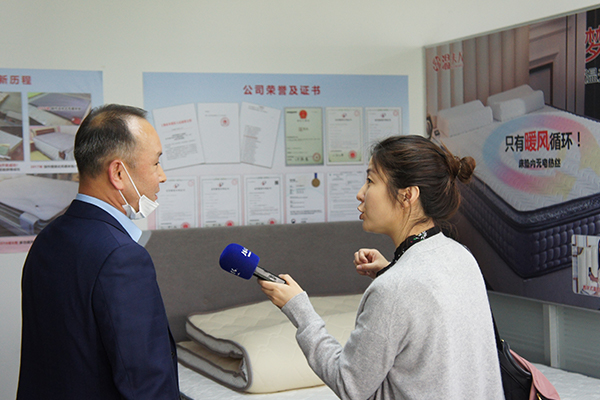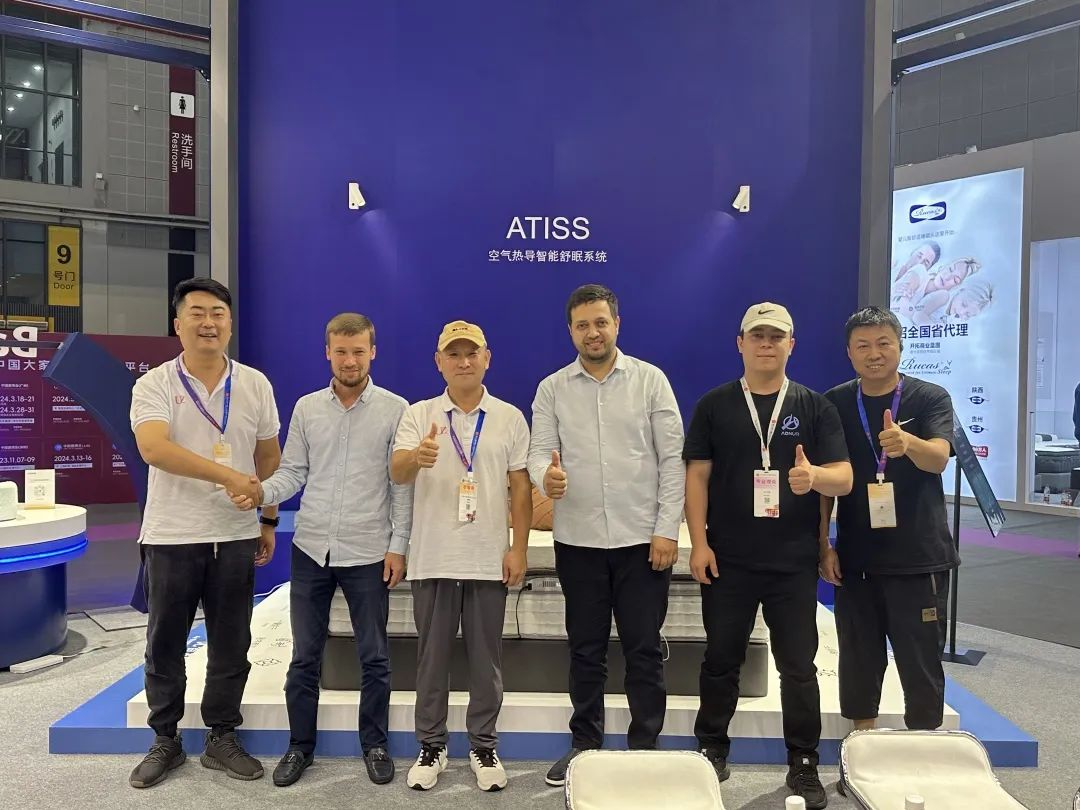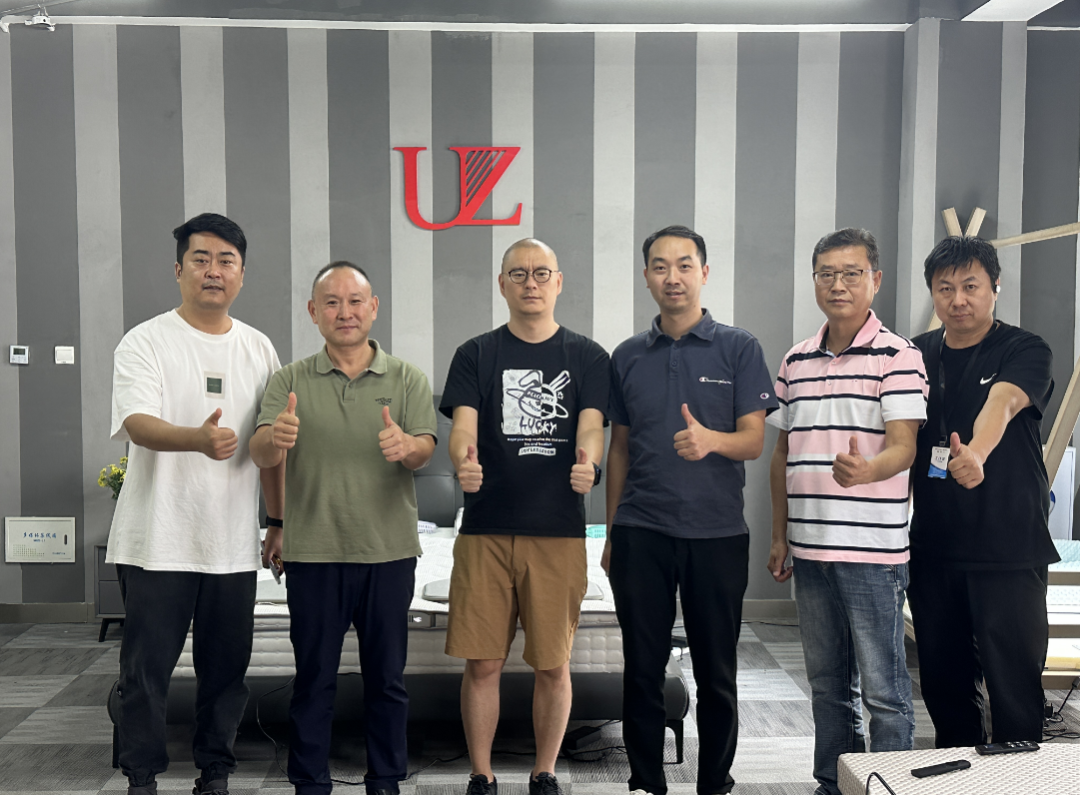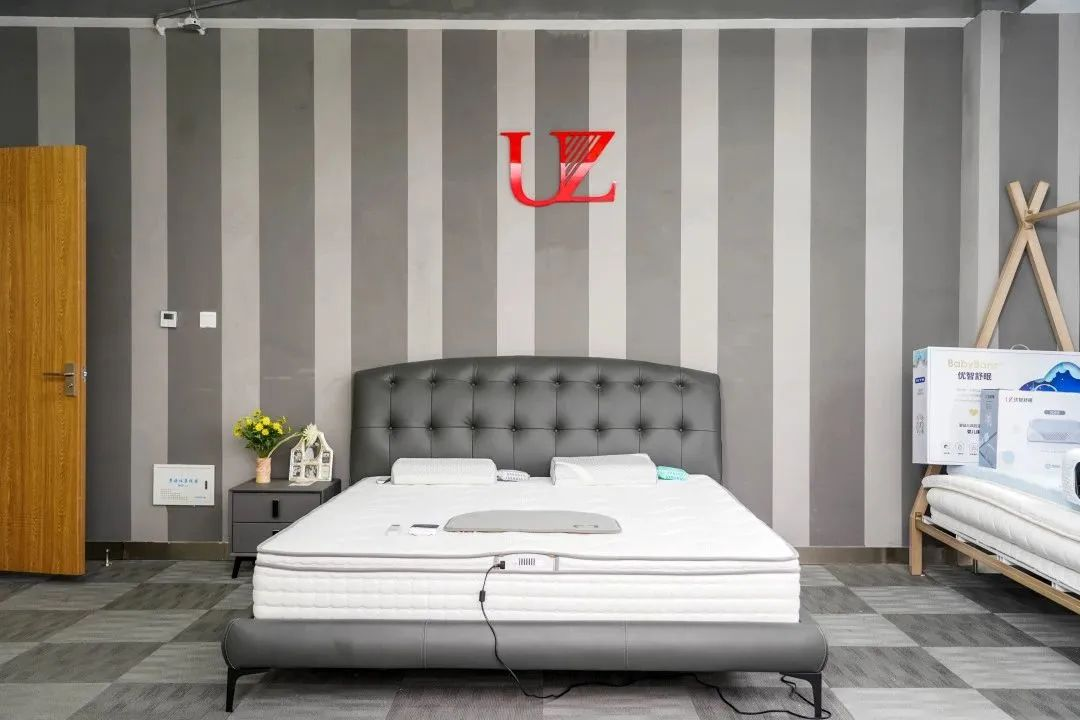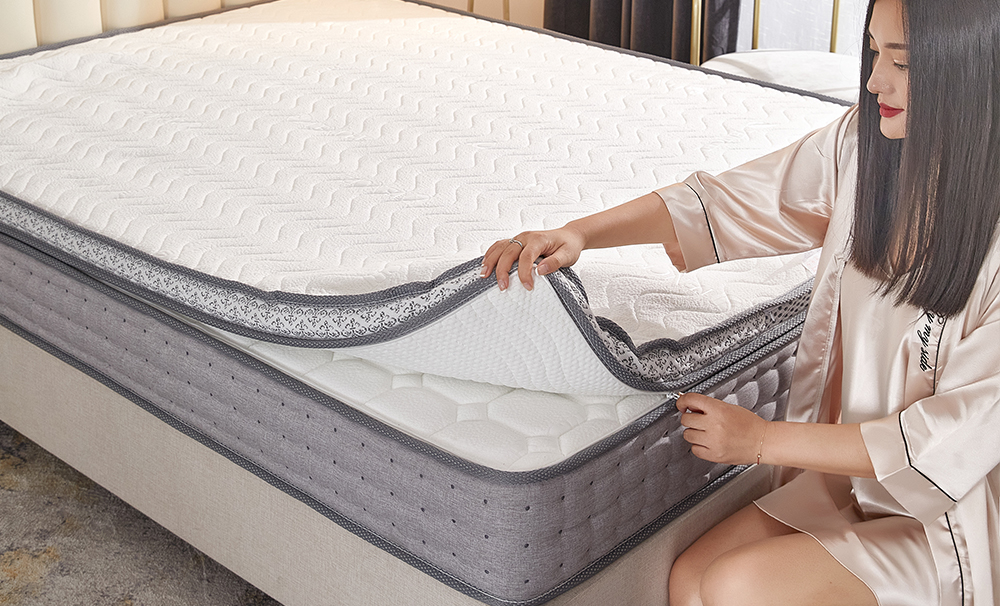Release time:2020-06-16 author:Shanghai Furen Health Technology Co.,LTD Number of hits:1025
From the end of 2018, after Shuda and Jin Ke'er got married in Hualian, in 2019, Gu Jia's holdings, the two rare mergers and acquisitions of Listed Companies in A-share market, was facing several waves. The game among the giants made the spring water more muddy, and the differentiation of both the interest market and the industry pattern was further intensified. So, in the future, what direction will China's mattress industry develop? I think there are at least three points.
Trend 1: the hot competition among the leading enterprises leads to more concentrated profits and shares
As a whole, China's mattress industry is still in the stage of extensive development, with low industry concentration, many, small, scattered and disorderly problems, and lack of large-scale monopoly leading enterprises.
According to Euromonitor's mattress market scale and the data of various enterprises' revenue, the concentration of China's mattress industry Cr4 in 2017 was only about 14%, far lower than 70% of that in the United States (2015, according to statista and US Census Bureau data), and there was no single leading brand in the market.
However, China's mattress industry actually has the scale foundation of brand upward. After the expansion of the quantity is enough to meet the use demand, the competition upgrading has become inevitable. Especially driven by consumption upgrading, consumers' requirements for brand and quality are raised again, the appeal of superior brands among consumers will be further enhanced, the scale effect and brand effect will become increasingly prominent, and the battle for the leading role will enter a white hot stage. A large number of small and medium-sized enterprises with poor brand image, limited technical and financial strength have further compressed their development space until they are washed out.
Throughout the current mattress market, the dominant brands can be divided into three categories: the international mattress brand camp mainly composed of Shuda, Silian and jinke'er, the national brand camp mainly composed of Musi, Xilinmen, Suibao, Yalan and nature, and the regional strong brand camp mainly composed of goodnight, Weilan, Wanbao and Jisi.
In recent years, the above-mentioned brands have become more and more active in the field of market competition, and the marketing, technology and channels remain unchanged, including reshaping brand positioning, opening up new stores, digital layout, intelligent mattress upgrading, etc. in the high-end market, international mattress brands still dominate, while the huge base of the middle and high-end market determines that the size of national brands is gradually eroding the market, regional products The brand is in the dilemma of internal and external attack. With the rapid development of other brands nationwide, although there is still a place for competition, the external expansion is not clear.
Trend 2: the general trend of Omni channel layout in the subdivided market
Channel competition is the key link for mattress enterprises to expand market share, which can be divided into retail channels, hotel channels, e-commerce channels, export channels and engineering channels.
In these five channels, most of the mainstream mattress brands in the market have their own involvement, but more or less. It should be noted that the channel coverage of domestic brands is higher than that of foreign brands as a whole. Next, I give an example.
In the retail channel, the domestic mattress consumption market is relatively concentrated and the regional differentiation is obvious. In the economically developed cities such as beishangguang and the eastern coastal areas, the middle and high-end brands are highly favored, the consumption circle is relatively fixed and the growth is stable. The main consumers in other central cities are medium-sized products, with less high-end consumption demand, but great potential.
In rural markets such as villages and towns, the main products are middle and low-end products, with huge capacity. Most of them only need to meet the basic sleep demand, and the functional requirements are not high. There are only a few mattress enterprises all over the country. How to get through the limitations of the region, establish accurate and diversified channel ratio, and integrate online channels according to their own brand characteristics and objectives is an urgent problem for mattress enterprises.
Channel competition is the key link for mattress enterprises to expand market share, which can be divided into retail channels, hotel channels, e-commerce channels, export channels and engineering channels.
In these five channels, most of the mainstream mattress brands in the market have their own involvement, but more or less. It should be noted that the channel coverage of domestic brands is higher than that of foreign brands as a whole. Next, I give an example.
In the retail channel, the domestic mattress consumption market is relatively concentrated and the regional differentiation is obvious. In the economically developed cities such as beishangguang and the eastern coastal areas, the middle and high-end brands are highly favored, the consumption circle is relatively fixed and the growth is stable. The main consumers in other central cities are medium-sized products, with less high-end consumption demand, but great potential.
In rural markets such as villages and towns, the main products are middle and low-end products, with huge capacity. Most of them only need to meet the basic sleep demand, and the functional requirements are not high. There are only a few mattress enterprises all over the country. How to get through the limitations of the region, establish accurate and diversified channel ratio, and integrate online channels according to their own brand characteristics and objectives is an urgent problem for mattress enterprises. With the rise of the central and western regions, the desire to purchase mattresses is also on the rise, or will become one of the great potential consumer markets. However, regional representative brands have been established in Southwest China, such as Weilan mattress in Chongqing and goodnight mattress in Hunan. This kind of regional brand has high brand recognition and good reputation in the local market. It is close to the regional consumers, which establishes a certain competition barrier for the expansion of national brand. However, capital, marketing and national channels also limit the further expansion of regional brand, and the competition has begun.
In addition, the hotel industry has become a battleground for mattress companies. As Jin Ke'er, who occupies half of China's high-end hotel mattress market, its position in high-end hotels is beyond doubt. Among the domestic brands, the coverage of Xilinmen in five-star hotels is quite remarkable, especially in the local star chain hotels. At present, it is used by more than 200 star hotels, the Great Hall of the people, the National Grand Theatre, Diaoyutai State Guesthouse and other state-owned enterprises. In addition to direct cooperation, with mengbaihe as the leader, we are mutually beneficial and win-win with the hotel, launching upgraded hotel rooms, similar to the mattress brand of "zero pressure room", which is also in another way, covering from the rear.
In terms of e-commerce, the vast majority of mattress brands have established online channels, including tmall, Jingdong flagship store, etc., among which home furnishing has always performed well, ranking first in software home furnishing for consecutive years, and many mattress brands also ranked later. Among the household brands that tmall sold more than 100 million in 2018, Muse, Xilinmen, nature, Yalan, etc. have been listed.
In terms of export, as a representative of export to domestic sales, mengbaihe is far ahead of the rest. In 2018, its overseas revenue reached 2.5 billion yuan, accounting for more than 80% of the total revenue, of which exports to the United States accounted for nearly 50%.
It can be seen that although the layout is multi-point, the channel advantages of different mattress brands are different. From the perspective of long-term development, the overall scene layout of deep integration of online and offline is the general trend in the future.
Trend 3: domestic brands need to practice their internal skills and foreign brands need to borrow more external forces
Most foreign mattress brands are high-end, while domestic mattress brands mainly focus on the low-end market. Influenced by the large population base at the middle and low end, the domestic mattress brands currently dominate the market, with obvious channel advantages but limited profits. While foreign mattress brands have strong R & D capabilities, high product technology content, high added value, and high single store floor efficiency, but they are slightly inferior in policy grasp, consumer demand understanding, and channel coverage. In the future, the two camps need to make up for the shortcomings in order to achieve the goal of changing ways.
Technological innovation is the foundation of foreign mattress brand. As the ancestor of spring mattress, Simmons has dominated the mattress Market in the United States for nearly half a century; Silian, with its unique beauty spring technology, has emerged in the 1950s, sweeping the North American market; Shuda has three patent technologies, ranking first in sales in the United States for seven consecutive years. However, domestic mattress brands started late, mostly from OEM, with weak R & D foundation and lack of innovation awareness. However, after the slowdown of market growth in Europe and the United States and the increase of domestic market development, R & D investment increased year by year, and product upgrading accelerated.
In addition, in addition to continuing to increase the distribution of foreign mattress brands in the first tier cities, it has also increased the channel sink in the Chinese market, or launched high cost-effective products at the mid tier price, or simply established and introduced the mid tier brands to launch a strong impact on the second tier and third tier cities. In the future, we need to pay attention to improving the resource integration ability from external forces.
Whether as an industry person or a consumer, I am willing to witness the benign competitive development of mattress brand, because in the short term, it may encounter many pains, but in the long term, it is conducive to the healthy and sustainable development of the industry, and regardless of the future trend of the industry, the ultimate benefit will be consumers.
Next:No
